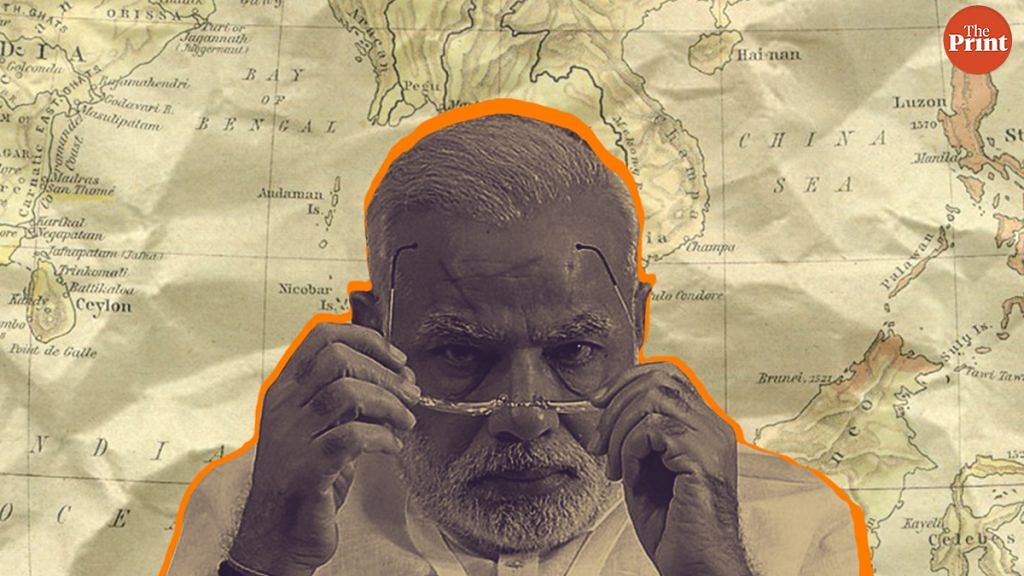The year 2018 can’t end soon enough.
Here is a quick overview of the memories 2018 is leaving behind.
Name game
The year 2018 was the year of renaming.
Government schemes and policies have often been renamed in the past – Nirmal Bharat became Swachh Bharat, NREGA became MGNREGA, financial inclusion became Jan Dhan Yojana.
But this year, the renaming game was taken to a whole new level. It started with the renaming of railway stations and airports. Then Allahabad became Prayagraj and Faizabad became Ayodhya — in both these cases it was argued that the ‘original’ name of the places was actually being restored. But it didn’t stop there. The chief minister of Uttar Pradesh went all the way to Hyderabad for election campaigning and promised to rename that city if the BJP wins, and then he did the same with Karimnagar. The logic was that more Hindu names meant more Hindu votes. The renaming craze went all the way to the Andamans, where it was proposed that three islands be renamed — Havelock Island to Swaraj Dweep, Neil Island to Shaheed Dweep and Ross Island to Netaji Subhas Chandra Bose Island.
Also read: How Nehru and Yogi Adityanath differed on naming cities — from Chandigarh to Prayagraj
Tall order for statues
The year 2018 was the year of statues.
More than Rs 3,000 crore was spent on a statue with a passable design – the Statue of Unity. The statue, now the world’s tallest, was advertised as a grand achievement, so much so that it prompted a proposal to build another ‘tallest’ statue of the world in Uttar Pradesh — that of Lord Ram. And then, not to be outdone so easily, the chairman of the Chhatrapati Shivaji Maharaj Memorial in Maharashtra actually called for increasing the height of the Shivaji statue just to be a wee bit taller than Ram – before setting aside Rs 3,700 crore for the project. These statues came in a particularly bad year – Maharashtra has the highest debt in the country and was being forced to borrow money to repair bridges.
This year, statue politics literally reached new heights.
Also read: Even if Statue of Unity becomes as famous as Taj Mahal, we may need 120 years to break even
Crisis in top office
Almost every major institution of our democracy saw some sort of crisis in 2018.
For the first time in history, four Supreme Court justices came in front of the media to address a press conference. There were strong allegations hurled at then Chief Justice Dipak Misra, and the Indian government was blamed for interfering in judicial matters. Meanwhile, in the CBI, the head of the organisation and second-in-command were directly locking horns with each other. Once again, it was alleged that politics was influencing decisions in the top investigating body of our country. The RBI was the third big crisis. Yet again, the Narendra Modi government was extending its tentacles, trying to remote control the institution, which is believed to have been the reason behind former RBI governor Urijit Patel’s resignation. The assault on the independence of educational institutions like JNU and BHU continued.
The many crimes of primetime
The year 2018 was also the year of TV news’ downfall.
Carrying on from the tradition set in 2017 when bounties were announced and swords were wielded during TV primetime debates, spokespersons came to blows in 2018. The average news debate made you wonder if Ram Mandir was the biggest issue facing India this year. As the hunt for TRPs drove the quality of news television down, India’s rank in the press freedom index slumped. TV news channels became propaganda machines and journalists continued to be attacked online and offline.
A few news channels even went to the extent of large-scale fear mongering, talking about “Islamisation of India” and how Hindus must “wake up” to counter their existential threat.
Also read: The journey of BJP’s Sambit Patra from a trained surgeon to a nasty TV star
Hate brigade
The year 2018 was the year of intolerance.
An analysis of hate crimes over the years show that this was the worst year for communalism in over a decade. This was the year when religious nonsense on television was normalised. You could see the hate being spewed openly from BJP loudmouths on the TV — Sambit Patra‘s “Kathmullahji“, “Sacche Hindu ho to batao” or “will rename a mosque after a Vishnu temple” phrases stand out.
Rapes and murders were painted in Hindu-Muslim colours, where some people took utmost care to segregate and highlight the religion of the accused and the victim. Politicians rallied on behalf of rape-accused men. Mob lynching became the word of the year, with people being killed over fake WhatsApp messages.
But don’t you dare complain. Anyone who spoke up against this was subjected to a wave of trolls and an even worse form of intolerance. Actor Naseeruddin Shah was the latest victim of this intolerance wave, and was told to go to Pakistan and labelled a traitor.
2018 can’t end soon enough.
The author is an activist and YouTuber.
